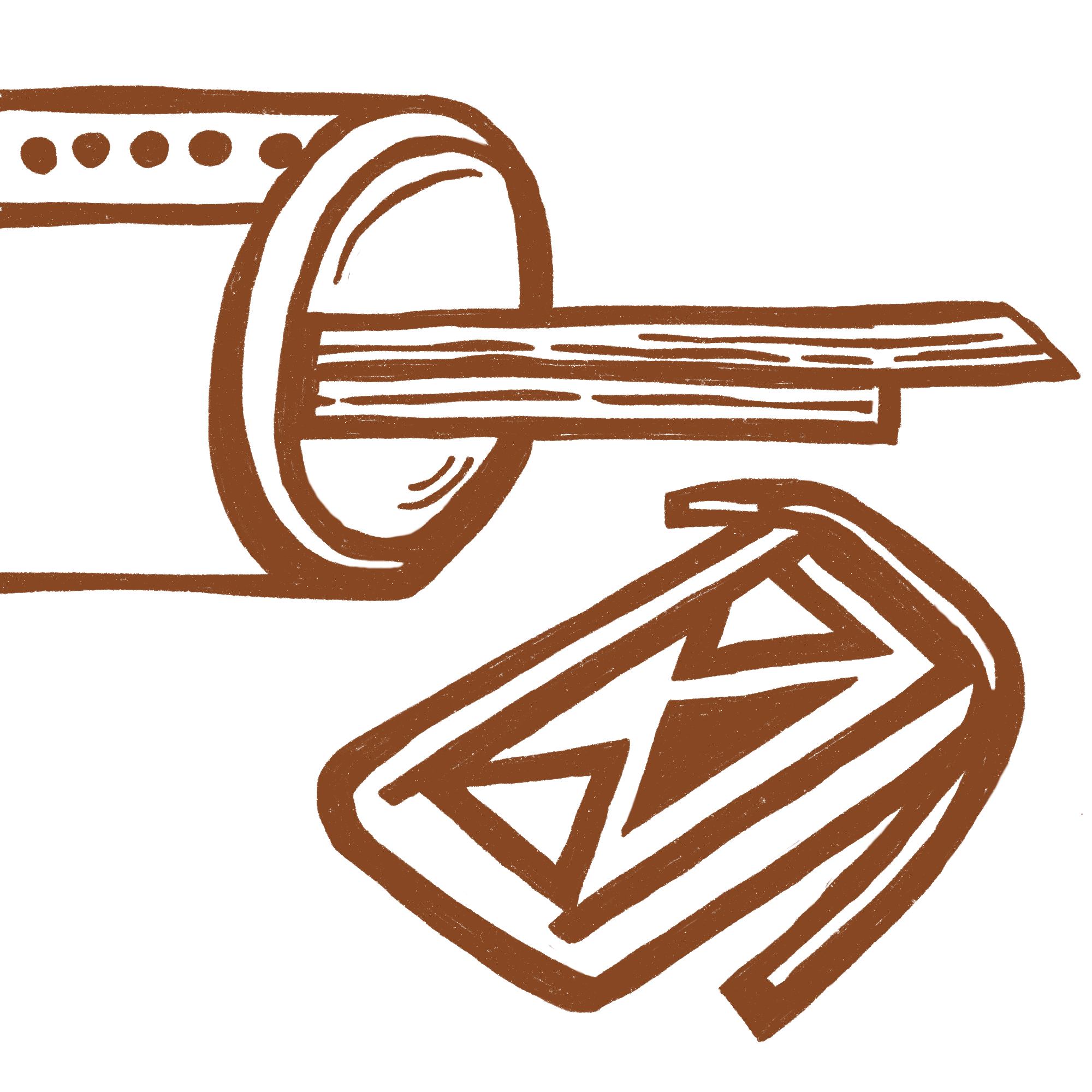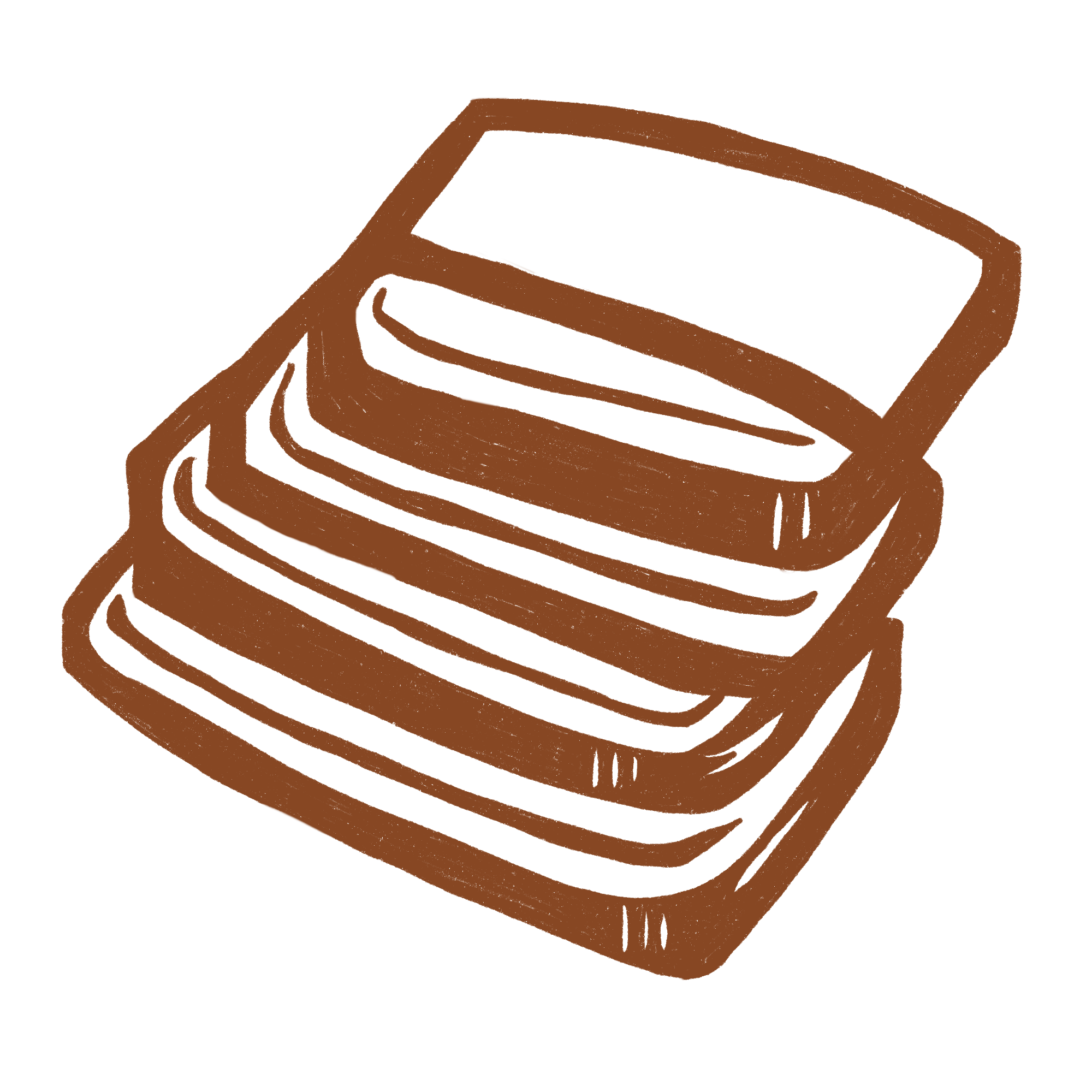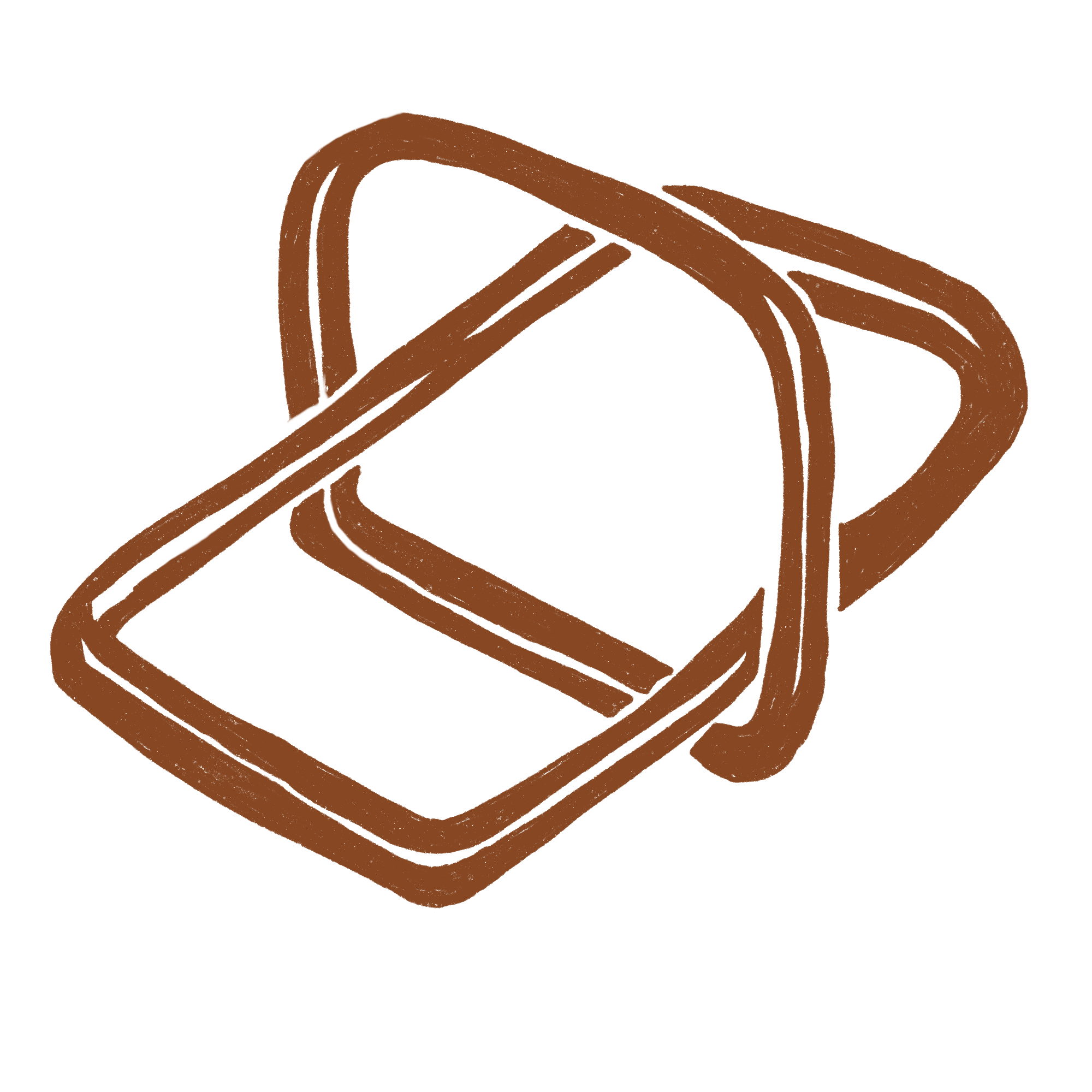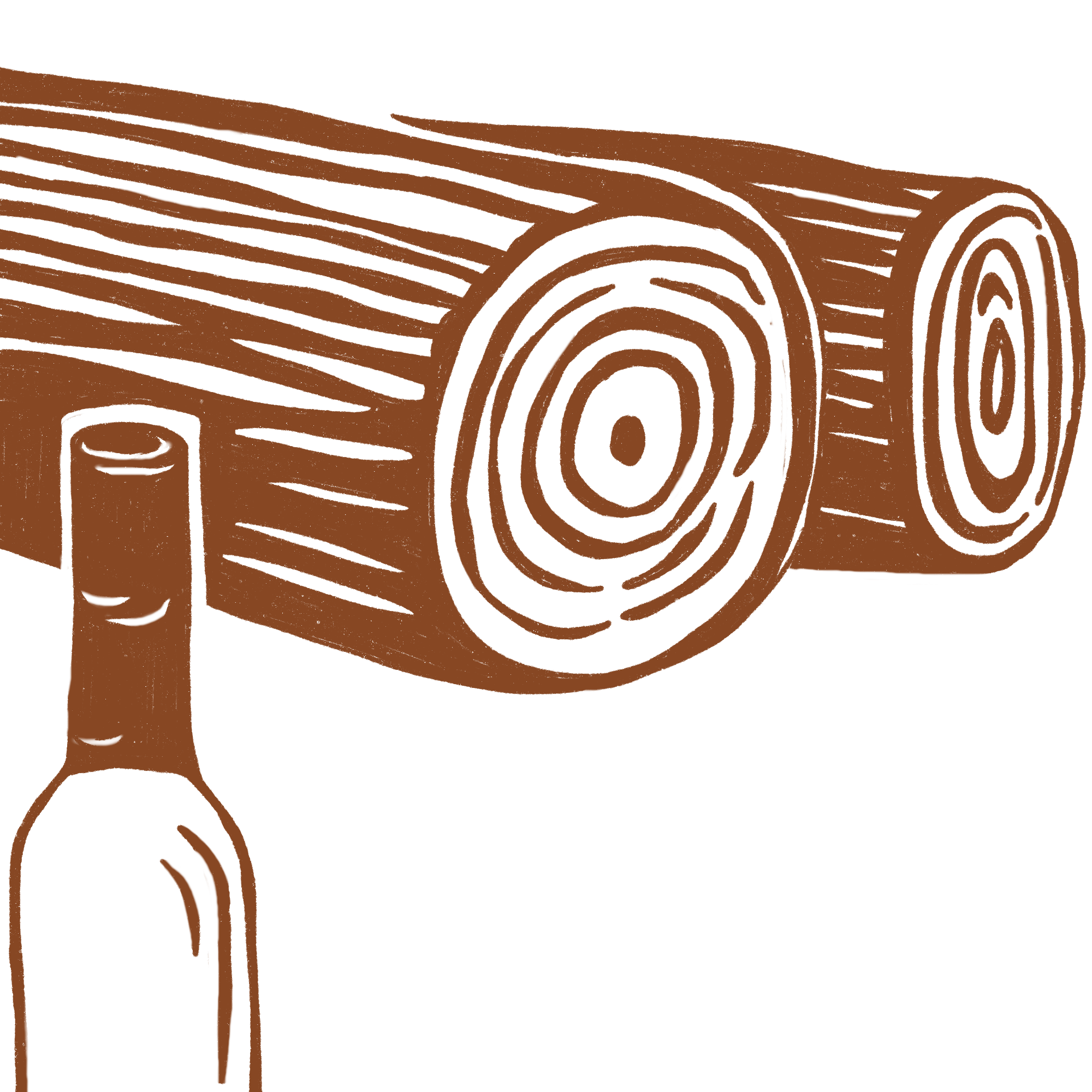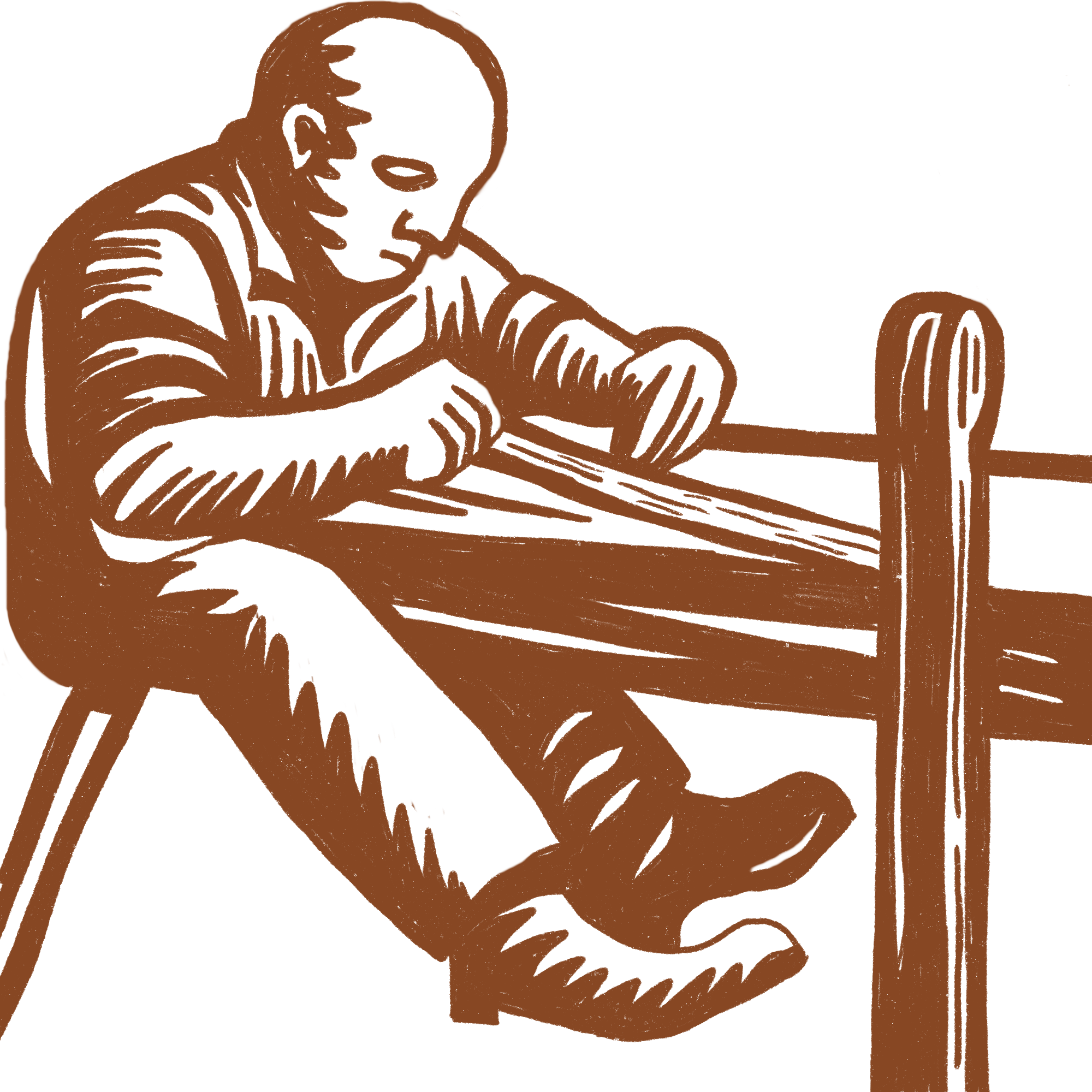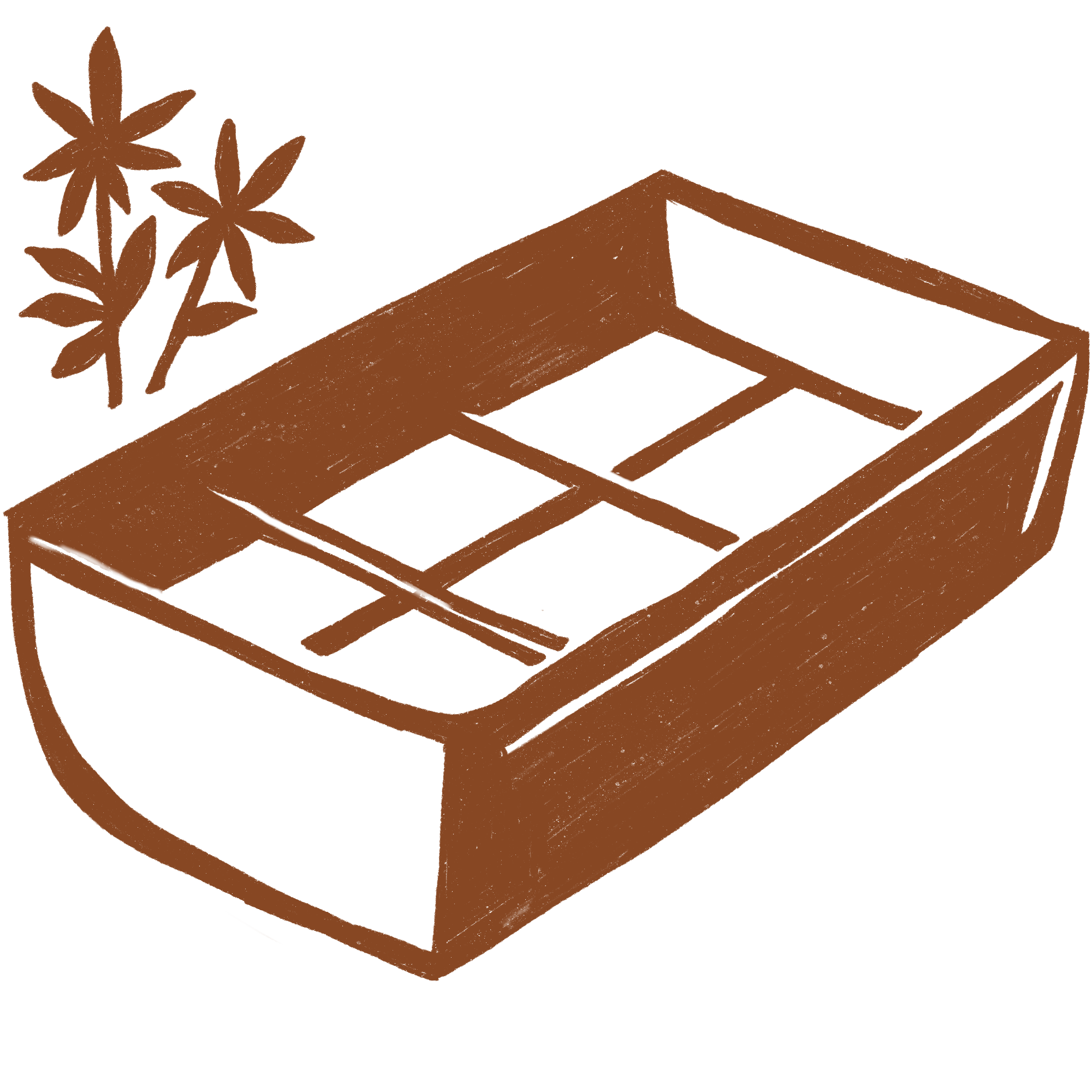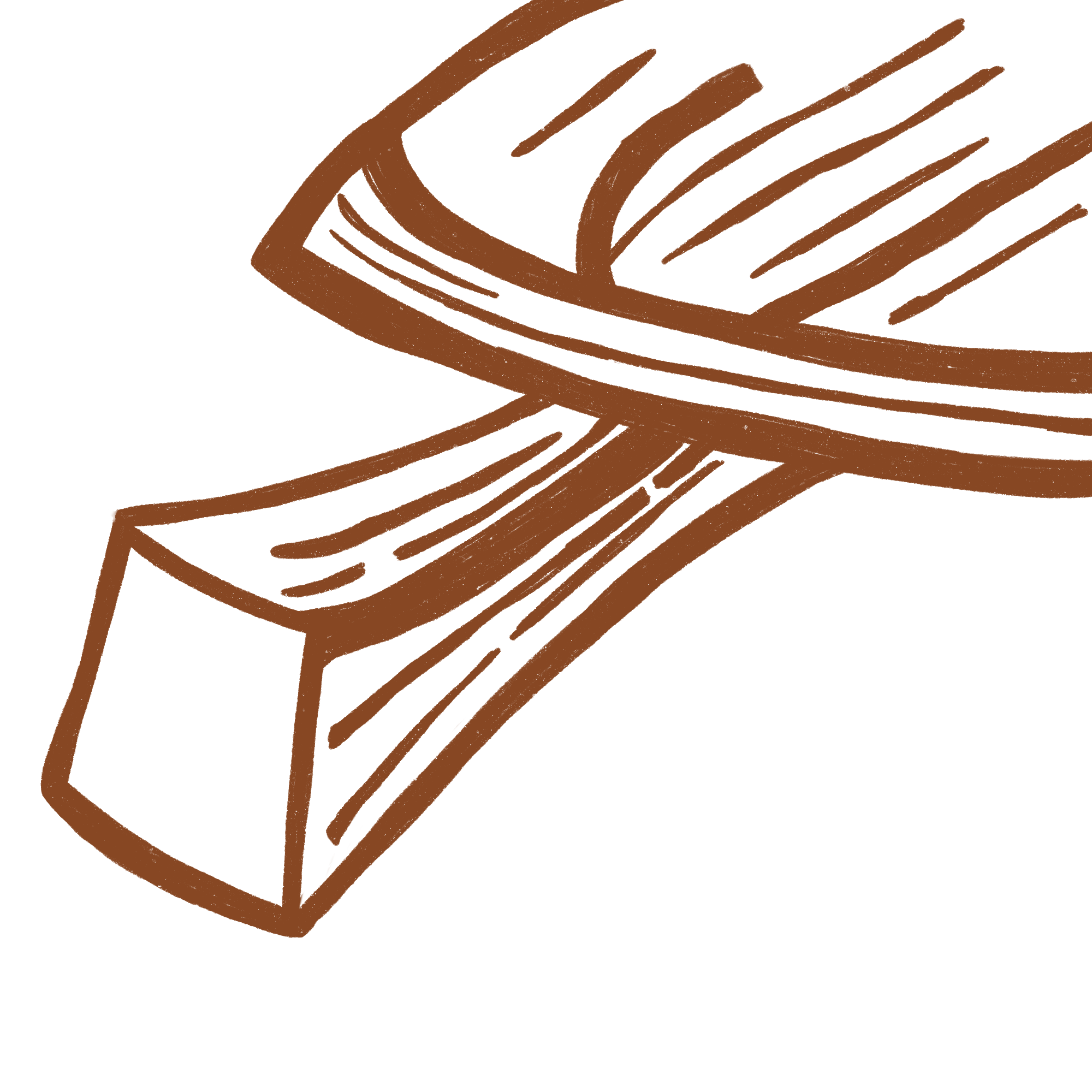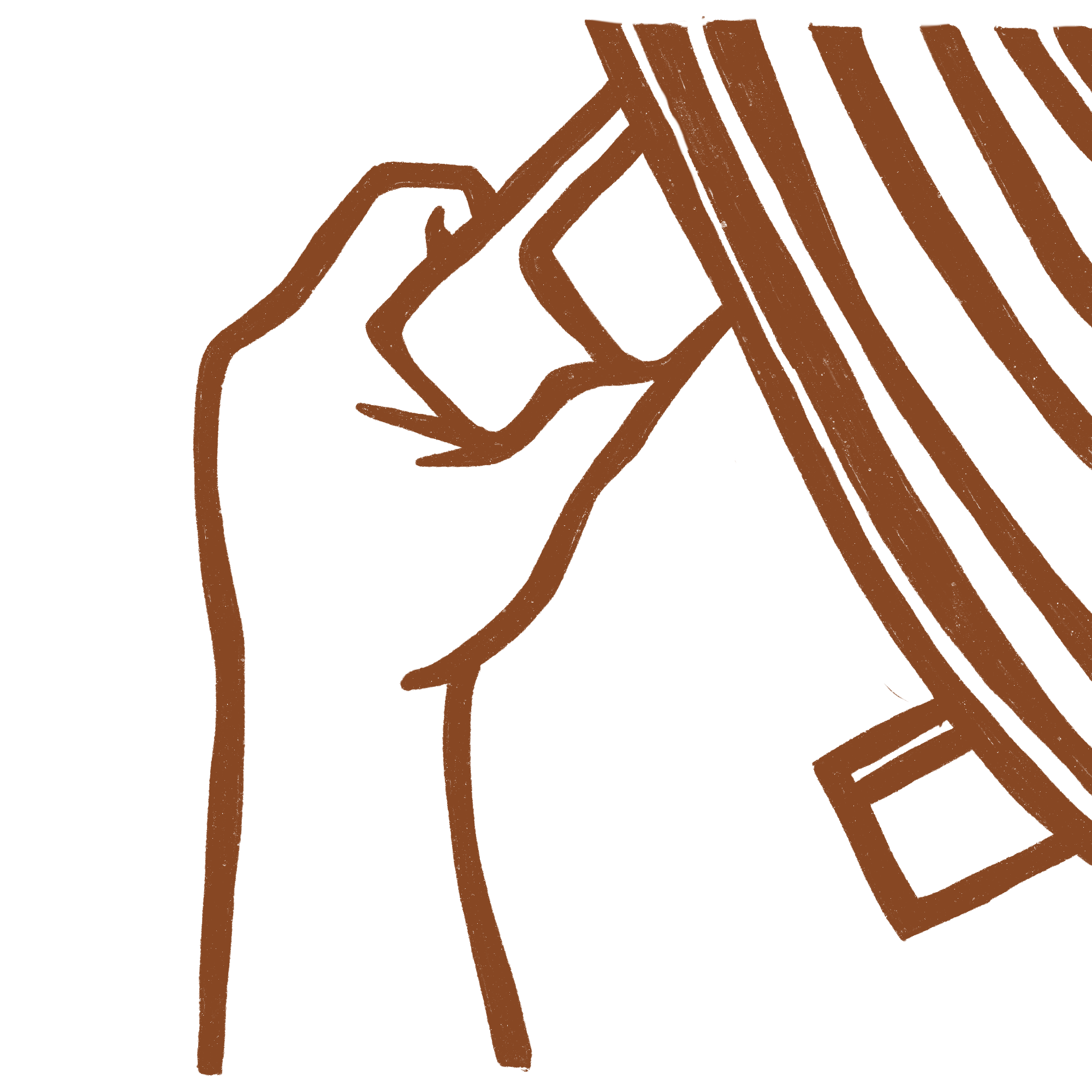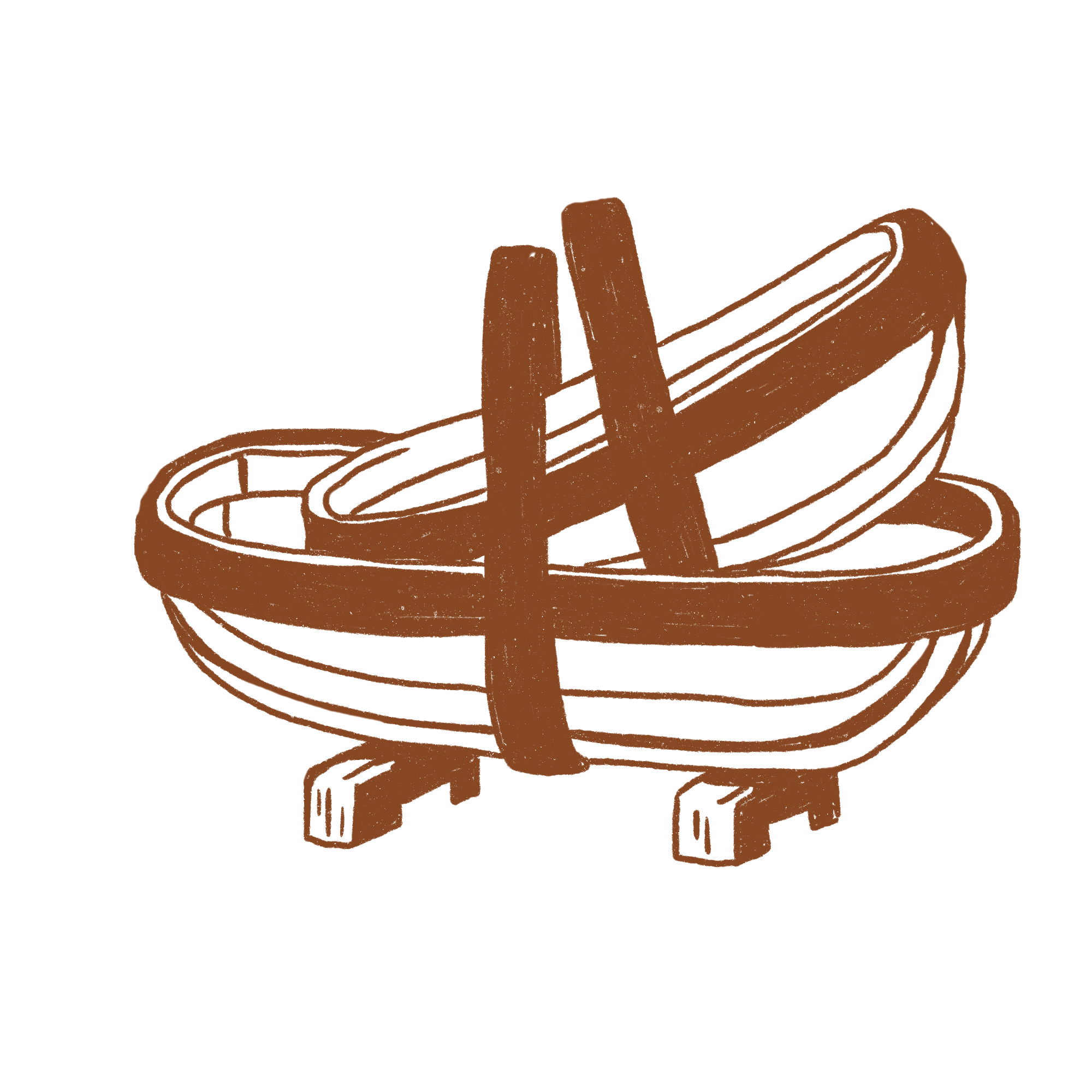Trug making step-by-step
Visited the Truggery to choose which size I wanted and had a very interesting chat with the maker who then demonstrated how they were made which was fascinating, especially learning about where the various woods for making the trugs comes from. The trug, now just over a year old is in fine condition, has been used extensively and will last for many years I am sure. Excellent value.
I bought three trugs as Christmas gifts. Beautifully crafted and greatly appreciated by all who received one.
Very happy with our little trug! Our granddaughter loves finding natures treasures to carry in it! x
I am so happy with the trug I ordered from The Truggery. I bought it for my mum, and the quality is great! It really is a beautiful piece of craftsmanship.
It looks lovely and my mum uses it constantly now for gardening, collecting flowers / vegetables and carrying tools. It's useful and very well made.
If you’re looking for a high-quality, durable, and genuinely attractive trug, I highly recommend this company. A five-star purchase!





